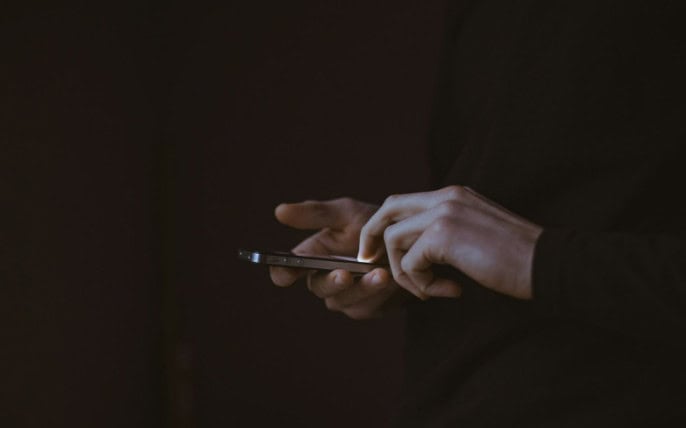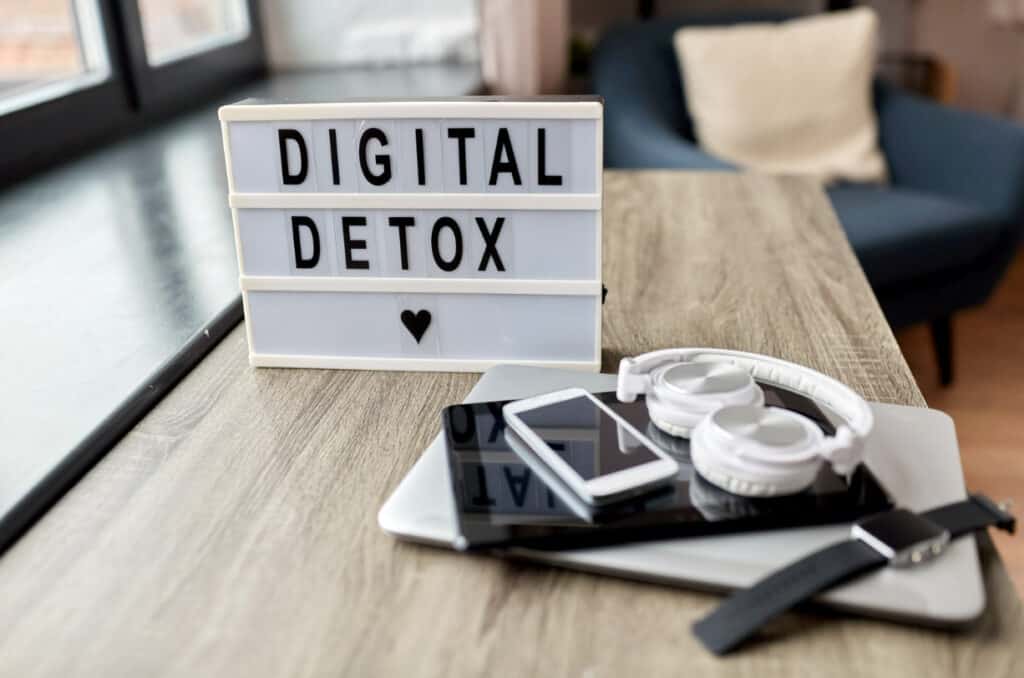In the era of digital nomads, collaborative workspaces, and constant connectivity, the idea of a “digital detox” has become increasingly popular. A digital detox is a period where a person refrains from using electronic devices such as smartphones or computers.
Table of Contents
It’s seen as an opportunity to reduce stress, focus more on social interaction, and connect with the physical world. But how much unplugging do we really need? And what do we stand to gain from it? Let’s dive into the latest research to find out.

The Need for a Digital Detox
The concept of a digital detox—a conscious effort to unplug from electronic devices and limit screen time—has emerged as a response to the negative effects of constant digital stimulation.
With the onset of the pandemic, our reliance on technology for work, education, and social interaction increased dramatically. This has led to “tech fatigue”, a state of mental exhaustion and stress resulting from the overuse of digital technology.
A survey by market research firm GWI found that one in five people had been on a detox, with 70% trying to limit the time they spent online. However, while most people describe “digital detox” or temporarily unplugging from digital devices as a good way of preserving mental health, only a small percentage actually manage to do this.

The Impact of a Digital Detox
Research has shown mixed results on the effectiveness of digital detox interventions. Some studies identified positive effects, while others saw no effect or even negative consequences for well-being.
For example, some study participants expressed skepticism at the concept of suddenly feeling happier just from switching off a phone. However, others noticed that putting their device away even just for a short time helped them manage their use better over the longer term.
Strategies for a Successful Digital Detox
Successful digital detox interventions require more than just turning off your devices. It involves a conscious decision to set aside time to focus on real-world interactions and activities that can help rejuvenate the mind and body. Here are some strategies that can help:
- Set Clear Boundaries: Define specific times for checking emails and social media rather than being constantly available.
- Prioritize Offline Activities: Engage in hobbies and activities that don’t involve screens. This could be anything from reading a book to playing a musical instrument, or even just going for a daily walk in nature (without your headphones).
- Create Tech-Free Zones: Designate certain areas in your home where you don’t use digital devices. Bonus points if you set aside certain times of the day to be tech-free.
- Use Technology to Your Advantage: Ironically, there are apps that can help you monitor and limit your screen time. Use these to give yourself a nudge in the right direction when you’re feeling weak and the siren song of social media is calling.

Constructing Your Ideal Digital Detox
The need for a digital detox varies from person to person. While some may benefit from completely unplugging, others might find smaller, more manageable changes to their digital habits more beneficial.
As our lives become increasingly intertwined with technology, finding a balance that suits our individual needs and lifestyles becomes crucial. Further research is needed to examine mechanisms of change to derive implications for the development of successful digital detox interventions.
However, it’s vital to remember that the goal of a digital detox isn’t to completely eliminate technology from our lives. All you’re aiming to do is create healthier relationships with your devices. It’s not about unplugging forever but about plugging in consciously.



